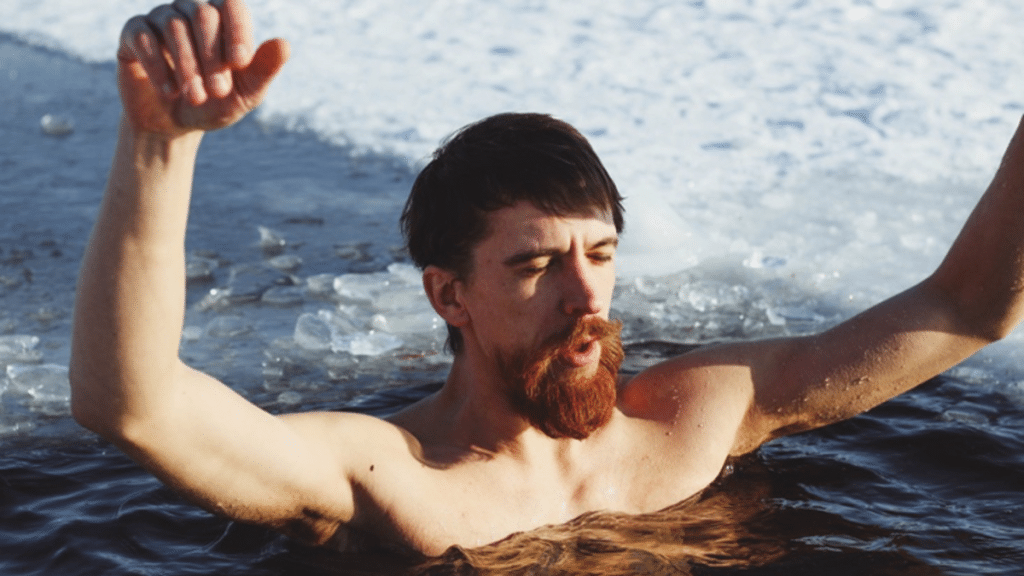Jako Hall has more than 11 years of experience as a superyacht captain, having travelled the world, including captaining a non-ice classed vessel through the Northwest Passage. In his spare time he enjoys a wide range of hobbies, interests, and activities, including paddleboarding, long-distance ocean swimming, reading, meditation, nutrition, breathwork, and cold water exposure. This article will take a closer look at cold water immersion, a form of cold water therapy that aids the human body’s natural recovery process.
Ice baths and cold showers are both forms of cold water therapy, the health benefits of which are well reported. Cold water immersion activates the body’s natural healing powers, alleviating symptoms of a wide range of medical conditions. When practiced on a regular basis, cold water exposure offers marked health benefits, improving cardiovascular circulation, reducing muscle inflammation, and facilitating weight loss. Research shows that those who practice cold water therapy regularly can increase their metabolic rate by as much as 16% by forcing the body to work harder to maintain its internal temperature, driving up the metabolic rate in order to produce heat.
Cold water immersion helps to reduce muscle inflammation. Following a high-intensity workout, muscles can feel sore for days due to inflammation of muscle tissue and microscopic tears in muscle fiber. Known as delayed onset muscle soreness, this aftereffect can be very painful. Cold water immersion has been scientifically proven to reduce muscle inflammation, with the icy water reducing inflammation and damage to affected tissue.
Cardiovascular circulation is one of the human body’s most important processes. Without a strong and healthy circulatory system, blood flow is compromised, which in turn puts stress on the heart. Without intervention, heart stress can trigger headaches, fatigue, muscle cramping, and high blood pressure, and in some instances a heart attack. Cold water immersion can be hugely beneficial to heart health, boosting cardiovascular circulation, strengthening the immune system, increasing energy levels, and positively impacting mental health.
Breathing is intrinsic to life, providing the body with the oxygen necessary to enable organs to function properly. When a person inhales, their lungs fill with oxygen-rich air that is transported around the body via the bloodstream. Plunged into a cold lake or ice bath, this automatic response will change. The body’s innate response is to gasp. Known as cold water shock, this could lead to the individual breathing faster and more shallowly, struggling to catch their breath.
However, once a person has learned to master their breathing, they can use this to their advantage. Cold water therapy experts like Wim Hof and Dr. Susana Søberg incorporate breathing techniques in their teachings. By using their breath to consciously control their nervous system, participants are able to better manage their stress responses, enabling them to enter a state of calm during cold water therapy sessions.
Breathing is a mechanical process in which the diaphragm drops, the muscles between the ribs contract, and air travels through the nose or mouth, trachea, and lungs. Research shows that the way a person breathes can have a significant impact on their overall health and well-being. From improving digestion and sleep quality to reducing stress, breathwork has been linked to a wide range of health benefits.
Breathing techniques help people participating in cold water immersion sessions to achieve and maintain a sense of calm. As they use breathing techniques to calm themselves, they start to associate these positive feelings with the cold tub, practicing mindfulness to better recognize their emotions and understand what is going on with their body. When breathing deeply, participants should let go of their thoughts, focusing solely on the present and the physical sensation of breathing, counting if it is part of the technique.
